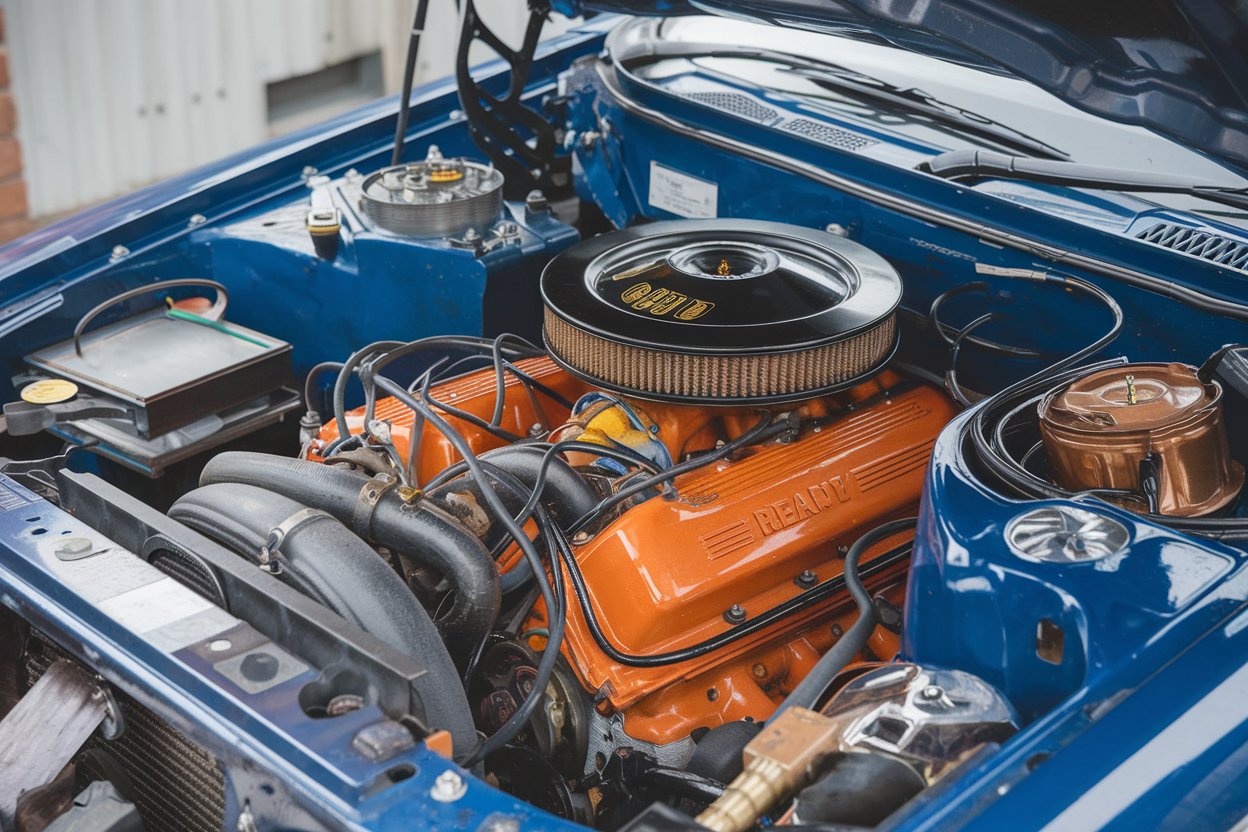Flickering lights in your house can be frustrating and concerning. Not only can they be a nuisance, but they might also indicate underlying electrical issues that need attention.
Fix Flickering Lights are often a symptom of various electrical problems, ranging from minor issues like loose connections to more severe concerns such as voltage fluctuations. Addressing these issues promptly not only ensures the comfort and safety of your home but also helps prevent potential electrical hazards.
Understanding the Causes
Flickering lights can stem from various underlying issues within your electrical system. Understanding these causes is crucial for effectively addressing the problem:
- Electrical Wiring Issues: Faulty wiring, improper grounding, or old wiring can cause fluctuations in electrical currents, leading to flickering lights.
- Faulty Light Bulbs or Fixtures: Sometimes, the issue lies with the light bulbs themselves. Old or incompatible bulbs or faulty fixtures can cause flickering.
- Voltage Fluctuations: Variations in voltage supply from the electrical grid or within your home can cause lights to flicker intermittently.
- Loose Connections: Poorly connected wires or terminals can result in intermittent contact, causing lights to flicker when the connection is disrupted.
Understanding these potential causes will help you diagnose the issue more accurately and choose the appropriate solution to effectively fix flickering lights in your house.
Diagnosing the Problem
To effectively fix flickering lights, it’s essential to pinpoint the source of the issue. Here’s how to diagnose the problem:
- Identify Specific Rooms or Areas: Determine if the flickering occurs in specific rooms, with certain light fixtures, or throughout the house. This can narrow down possible causes.
- Check Different Light Bulbs: Replace flickering bulbs with new ones to see if the problem persists. Sometimes, a faulty bulb can be the sole cause of flickering.
- Inspect Light Fixtures: Examine light fixtures for signs of damage, corrosion, or loose connections. Tighten screws and ensure all components are securely in place.
- Test Circuit Breakers: Check electrical panels for tripped breakers or loose connections. Reset any tripped breakers and monitor if this resolves the flickering issue.
By systematically diagnosing the problem, you can determine whether the issue lies with the bulbs, fixtures, electrical connections, or broader electrical system, guiding you toward the appropriate solution to fix flickering lights in your house.
Fixing Flickering Lights
Once you have diagnosed the problem, it’s time to address it. Here are some steps you can take to fix flickering lights:
-
Tightening Connections:
- Light Bulbs: Ensure that all light bulbs are securely screwed into their sockets. Loose bulbs can cause intermittent contact and flickering.
- Light Fixtures: Check for loose screws and connections in the light fixtures. Tighten any loose components to ensure a stable connection.
-
Replacing Light Bulbs:
- Old or Incompatible Bulbs: Replace old or incompatible bulbs with new ones that match the fixture’s specifications. Opt for high-quality, energy-efficient bulbs to reduce the likelihood of flickering.
-
Checking Circuit Breakers:
- Reset Tripped Breakers: If you find any tripped circuit breakers, reset them. Monitor the lights to see if this resolves the flickering issue.
- Inspect Breaker Connections: Ensure the connections in the electrical panel are tight and secure. Loose connections can cause voltage fluctuations.
-
Addressing Voltage Fluctuations:
- Consult an Electrician: If you suspect voltage fluctuations from the electrical grid, consult a professional electrician. They can install a whole-house surge protector or voltage regulator to stabilize the power supply.
-
Fixing Loose Connections:
- Electrical Outlets and Switches: Inspect outlets and switches for loose wires. Tighten any loose connections and replace damaged components.
- Professional Help: If you’re uncomfortable working with electrical components, hire a licensed electrician to inspect and fix any loose or damaged wiring.
-
When to Call a Professional Electrician:
- Persistent Flickering: If the flickering persists after trying the above solutions, it may indicate a more severe issue that requires professional attention.
- Complex Electrical Problems: A licensed electrician should handle issues such as faulty wiring, overloaded circuits, or problems with the main electrical panel.
By following these steps, you can effectively fix flickering lights in your house and ensure a stable, safe, and well-lit home environment.
Preventive Measures
To prevent flickering lights in the future, implement these preventive measures:
-
Regular Maintenance:
- Inspect Electrical System: Regularly check your home’s electrical system for signs of wear, loose connections, or other potential issues.
- Routine Professional Inspections: Schedule periodic inspections by a licensed electrician to ensure everything is in good working order.
-
Upgrade to LED Bulbs:
- Energy Efficiency: LED bulbs are more energy-efficient and have a longer lifespan than traditional incandescent bulbs. They also provide more stable lighting, reducing the chances of flickering.
- Consistent Performance: LEDs are less prone to voltage fluctuations and can handle various electrical conditions without flickering.
-
Monitor Electrical Load:
- Avoid Overloading Circuits: Distribute your electrical load evenly across circuits to avoid overloading any single circuit. This can help prevent voltage drops that cause flickering.
- Use Surge Protectors: Protect your appliances and lighting from voltage spikes using surge protectors.
-
Proper Installation:
- Hire Qualified Electricians: Ensure all electrical work in your home is performed by licensed professionals. Proper installation and adherence to electrical codes reduce the risk of future issues.
- Use Quality Materials: Use high-quality electrical components and fixtures to ensure reliability and safety.
-
Environmental Factors:
- Stable Environment: Avoid placing light fixtures in areas with excessive vibration or movement, which can loosen connections over time.
- Control Humidity: High humidity levels can corrode electrical connections. Use dehumidifiers in damp areas to maintain a dry environment.
These preventive measures can minimize the risk of flickering lights and maintain a reliable and safe electrical system in your home.
Conclusion
Fixing flickering lights is essential for a safe and comfortable home. Common causes include loose connections, faulty bulbs, and voltage fluctuations. You can effectively resolve flickering issues by diagnosing the problem accurately and applying the right solutions—such as tightening connections, replacing bulbs, and checking circuit breakers. Prevent future problems by performing regular maintenance, upgrading LED bulbs, and ensuring proper installation. For persistent or complex issues, consult a licensed electrician to maintain the reliability and safety of your home’s electrical system.





















10 thoughts on “How to Fix Flickering Lights in Your House: A Comprehensive Guide”
Strands Hint I like the efforts you have put in this, regards for all the great content.
Noodlemagazine I truly appreciate your technique of writing a blog. I added it to my bookmark site list and will
Hey! Do you know if they make any plugins to assist with SEO?
I’m trying to get my blog to rank for some targeted keywords but I’m not seeing very
good gains. If you know of any please share. Cheers!
I saw similar article here: Eco bij
I don’t think the title of your article matches the content lol. Just kidding, mainly because I had some doubts after reading the article.
Thank you for your sharing. I am worried that I lack creative ideas. It is your article that makes me full of hope. Thank you. But, I have a question, can you help me? https://www.binance.com/ru/register?ref=V3MG69RO
Can you be more specific about the content of your article? After reading it, I still have some doubts. Hope you can help me.
Your article helped me a lot, is there any more related content? Thanks!
Can you be more specific about the content of your article? After reading it, I still have some doubts. Hope you can help me.
Thanks for sharing. I read many of your blog posts, cool, your blog is very good.
Can you be more specific about the content of your article? After reading it, I still have some doubts. Hope you can help me.